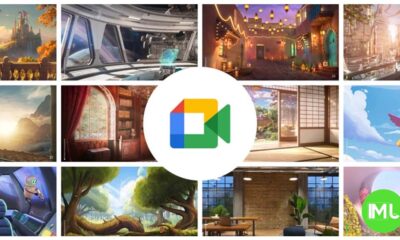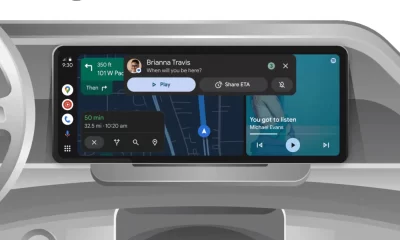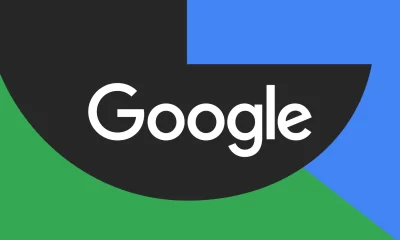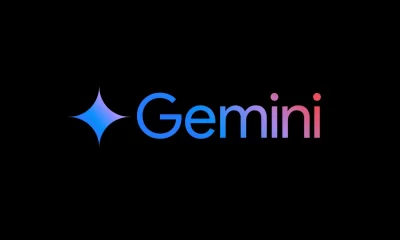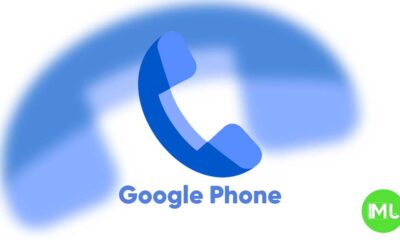Google revives essential mobile data toggle for Quick Share, enhancing flexibility for file transfers
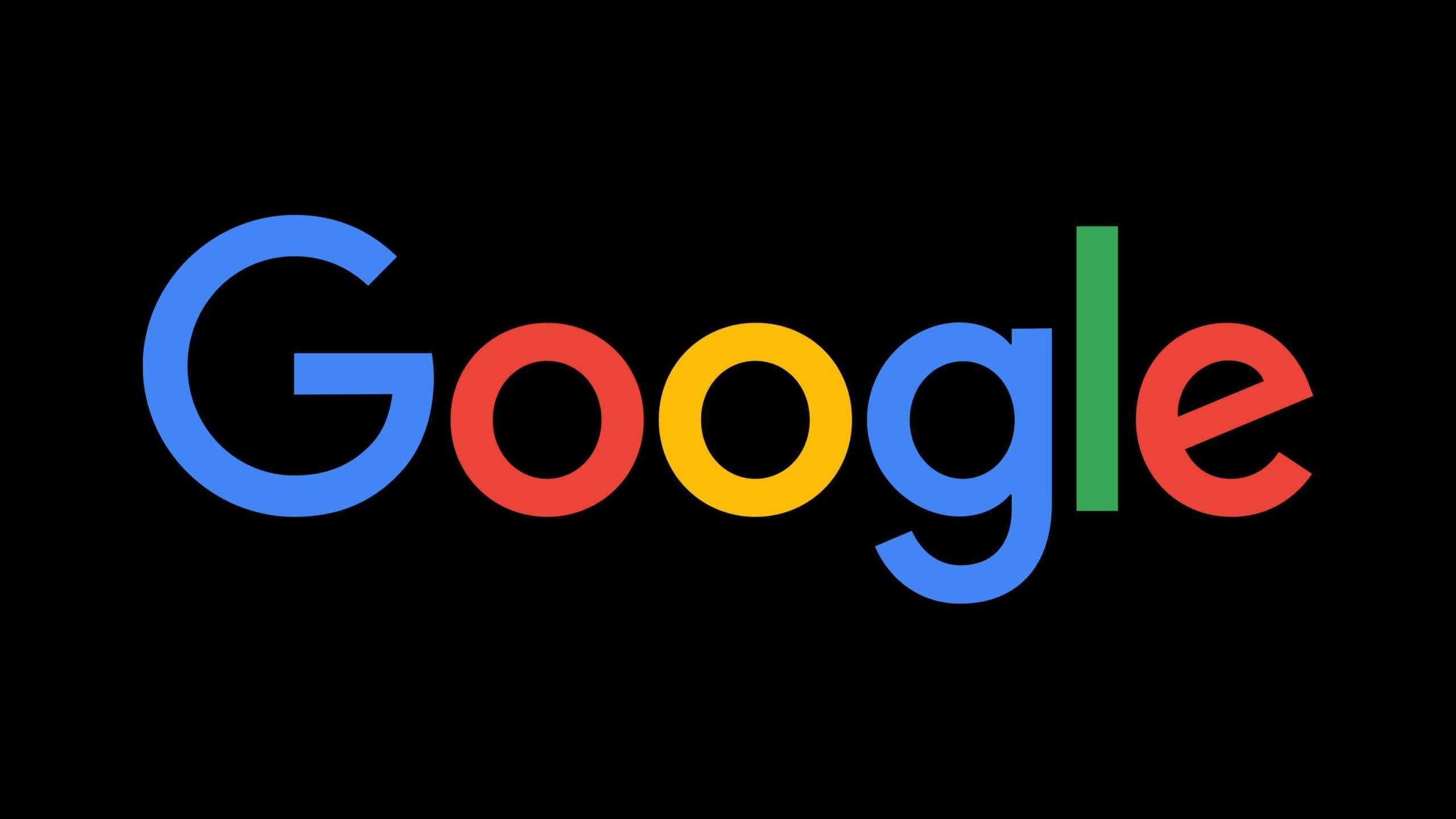
Google’s Quick Share, previously known as Nearby Share, is Android’s answer to Apple’s AirDrop, allowing seamless file sharing between Android devices, Chromebooks, Windows PCs, and back. Originally, this feature was merged with Samsung’s Quick Share to create a universal platform for file transfers. While the feature is effective, one key control was missing—a toggle for using mobile data, which had been part of Nearby Share but disappeared in Quick Share. Many users found this feature useful when sharing larger files outside of Wi-Fi range. Now, it seems Google is addressing this need.
In the latest beta update for Google Play Services, version 24.41.32, Google has reintroduced the “Use mobile data” toggle for Quick Share. This means users will soon be able to choose whether they want to use their mobile data or stick to Wi-Fi and Bluetooth for file transfers.
What is Quick Share and How It Works
Quick Share is designed to make sharing files across Android devices, Chromebooks, and even Windows PCs, easier and faster. Whether it’s photos, videos, or documents, the feature allows users to send files over Wi-Fi or Bluetooth to nearby devices without the need for cables or complicated pairing processes. Quick Share became a widely appreciated tool for Android users, offering an alternative to Apple’s popular AirDrop. However, one significant difference was the removal of the mobile data option.
Why the Mobile Data Toggle Matters
The absence of a mobile data toggle in Quick Share limited its flexibility, especially for users who weren’t always connected to a Wi-Fi network. When sharing large files, Bluetooth, though reliable, can be too slow, especially for high-resolution media. The return of the “Use mobile data” option is important because it gives users more control. They can now opt to use their mobile data to transfer files, which is especially useful when they need to send or receive large files without access to Wi-Fi.
For instance, if you’re on the go or in an area with no shared Wi-Fi networks, the mobile data toggle allows for faster transfers that aren’t constrained by Bluetooth’s slower speeds. However, it’s important to remember that carrier charges could apply when using mobile data for such transfers, depending on your data plan.
How to Access the New Toggle
Once the feature rolls out widely, users can expect to find the “Use mobile data” option in the Quick Share settings menu. This toggle will let users enable or disable mobile data transfers based on their preferences. It’s a small but significant update that gives users greater flexibility and control over their file-sharing experience.
What’s Next for Quick Share?
Google continues to improve Quick Share, making it more competitive with Apple’s AirDrop. By restoring the mobile data toggle, Google demonstrates its commitment to providing users with convenient and practical options for file sharing. Future updates may bring even more features and enhancements to make Quick Share a go-to tool for Android users.
In conclusion, the reintroduction of the mobile data toggle in Quick Share is a welcome improvement that gives users more choice in how they share files across devices. Whether you’re using Wi-Fi, Bluetooth, or now, mobile data, Quick Share is evolving to offer more flexibility and convenience in everyday file transfers.
Google Meet gets a fresh new look with Material 3 design
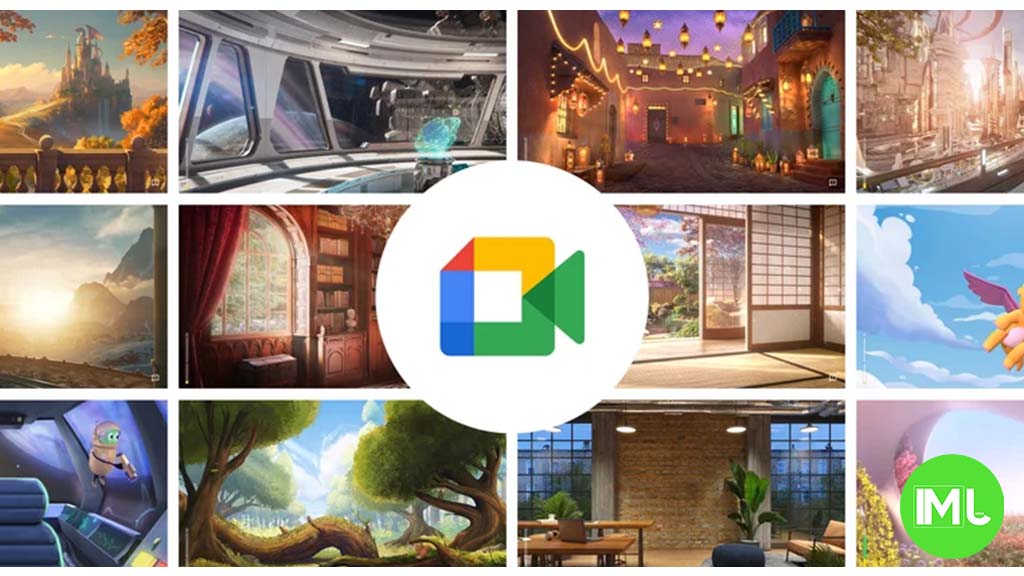
Google Meet is getting a big update to its look, thanks to the new Material 3 design. This change brings a cleaner and more modern style to the video calling app, making it easier and more enjoyable to use.
With Material 3, Google Meet now has rounder buttons, softer colors, and better spacing between elements. The main controls, like the microphone, camera, and end call buttons, are now larger and easier to tap. The icons and text are also clearer, which helps users find what they need quickly during a call.
Another improvement is the new “expressive” color system. This feature lets the app’s colors match your device’s wallpaper or theme, giving each user a unique and personalized experience. The changes also make Google Meet more accessible, as the new design is easier to read and use for everyone, including people with vision difficulties.
These updates are rolling out to both web and mobile versions of Google Meet. Google says the new look will help people feel more comfortable and focused during their meetings. Overall, the Material 3 update makes Google Meet not only look better but also work better for all its users.
Android
Easy ways to change Android Auto’s look with light and dark themes
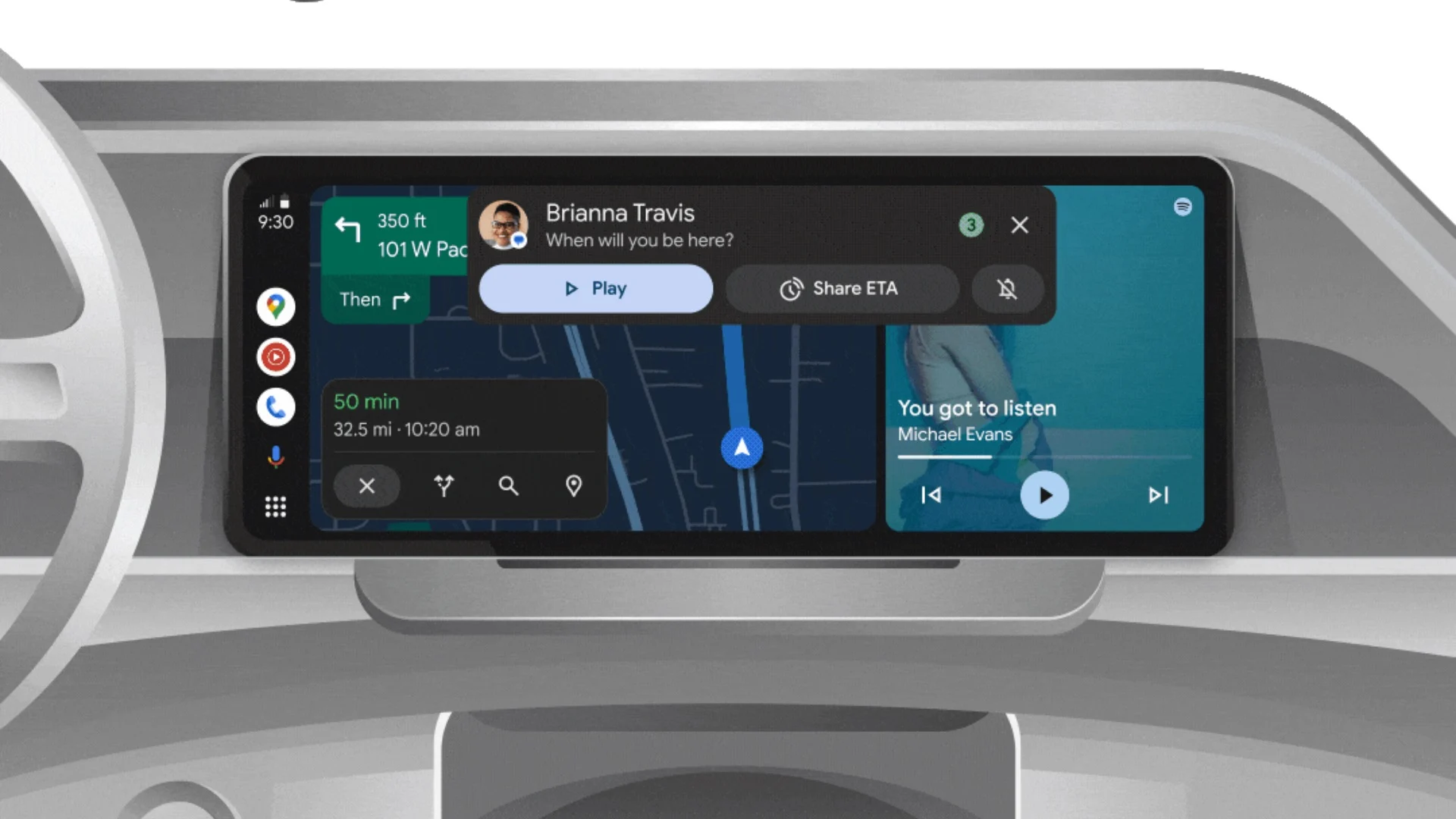
Android Auto is a helpful tool that lets you use your phone’s apps safely while driving. It connects your phone to your car’s screen, making it easier to use maps, music, and calls. One of the features many people like is the ability to change how Android Auto looks by switching between light and dark themes.
How to switch between light and dark themes
Android Auto offers two main themes: light and dark. The light theme uses brighter colors, which can make the screen easier to see during the day. The dark theme uses darker colors, which can be more comfortable for your eyes at night or in low light.
To change the theme, follow these steps:
- Open the Android Auto app on your phone.
- Go to the settings menu.
- Find the “Theme” option.
- Choose between “Light,” “Dark,” or “Set by car” (this lets your car decide the theme based on the time of day or your car’s settings).
Why themes matter
Using the right theme can make driving safer and more comfortable. The light theme is good for bright days, while the dark theme helps reduce glare at night. Having these options means you can pick what works best for you, making Android Auto easier to use in any condition.
In short, Android Auto’s theme options are simple to use and help you drive more safely by making the screen easy to see, no matter the time of day.
Google Drive and Files by Google get fresh updates for easier use
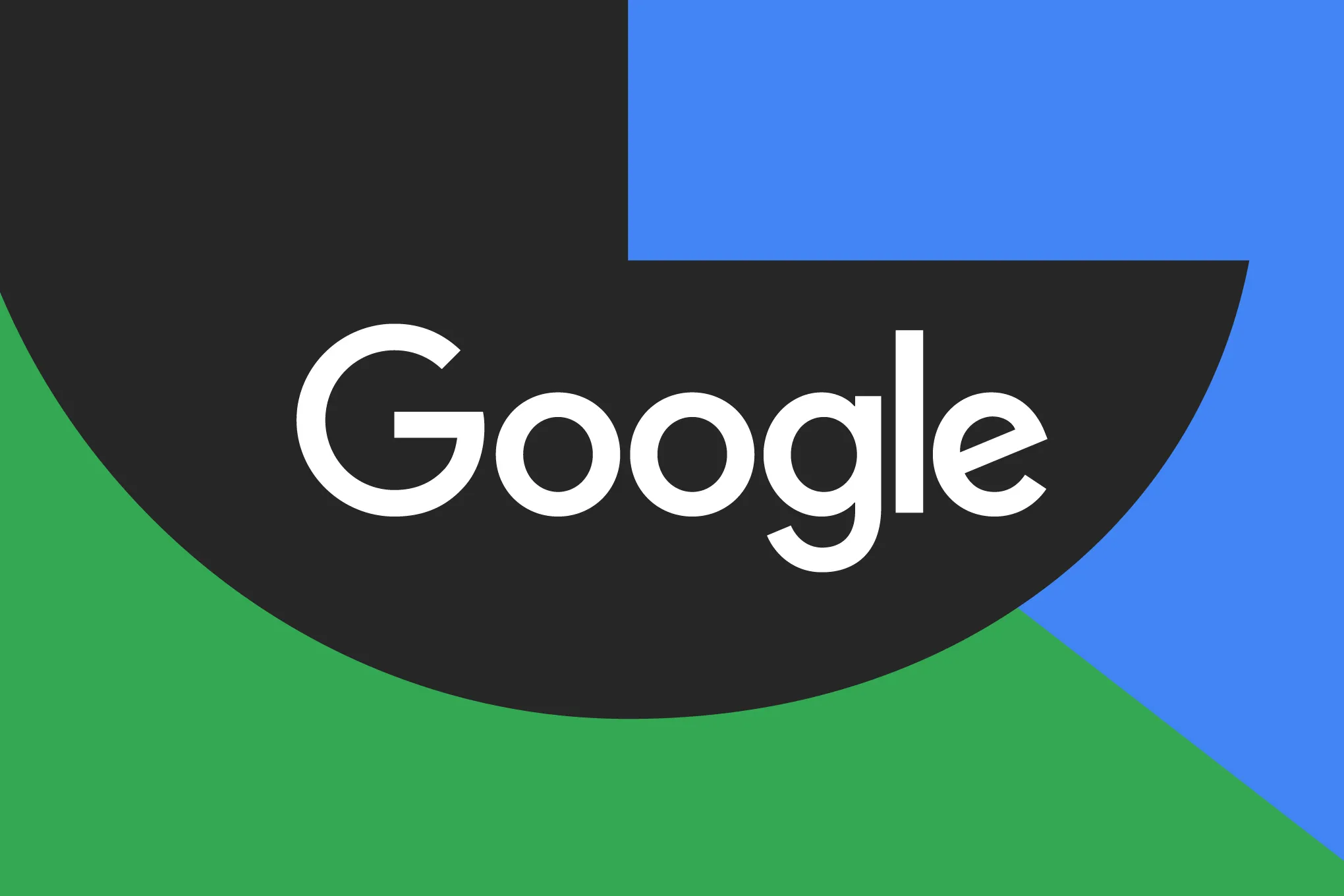
Google is rolling out some helpful updates to two of its popular apps: Google Drive and Files by Google. These changes are designed to make managing your files and watching videos much smoother.
First, Google Drive is getting a new video player. Now, when you upload a video to Drive and open it, you’ll notice a fresh look that matches Google’s latest design style. The controls, like play and pause, are easier to use and look cleaner. This update makes it simpler to watch videos directly in Drive without needing to download them first.
Meanwhile, the Files by Google app is also getting a makeover. The app is adopting Google’s Material 3 design, which means it looks brighter and more modern. The buttons and menus are easier to see and use, making it simpler to find, move, and organize your files. There are also new color options and improved icons, so everything feels more user-friendly.
Both updates show Google’s commitment to making its apps more helpful and enjoyable to use. Whether you’re watching videos in Drive or sorting files on your phone, these changes aim to save you time and make things less complicated. If you use these apps, keep an eye out for these new features—they should arrive soon!
-
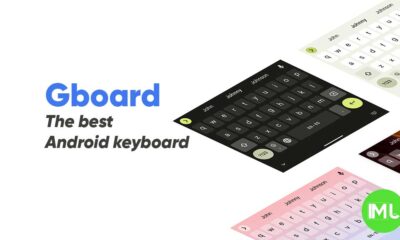
 Apps1 year ago
Apps1 year agoGboard Proofread feature will support selected text
-
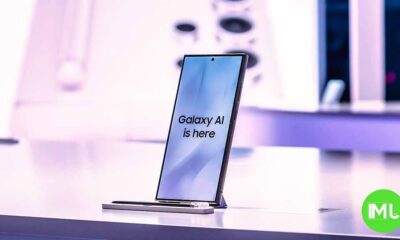
 News1 year ago
News1 year agoSamsung USA crafting One UI 6.1.1
-
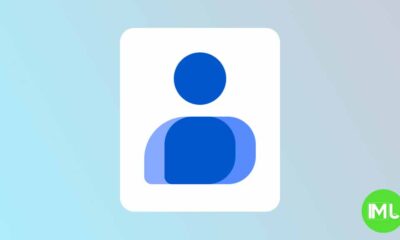
 Apps12 months ago
Apps12 months agoGoogle Contacts app testing new Besties Widget
-
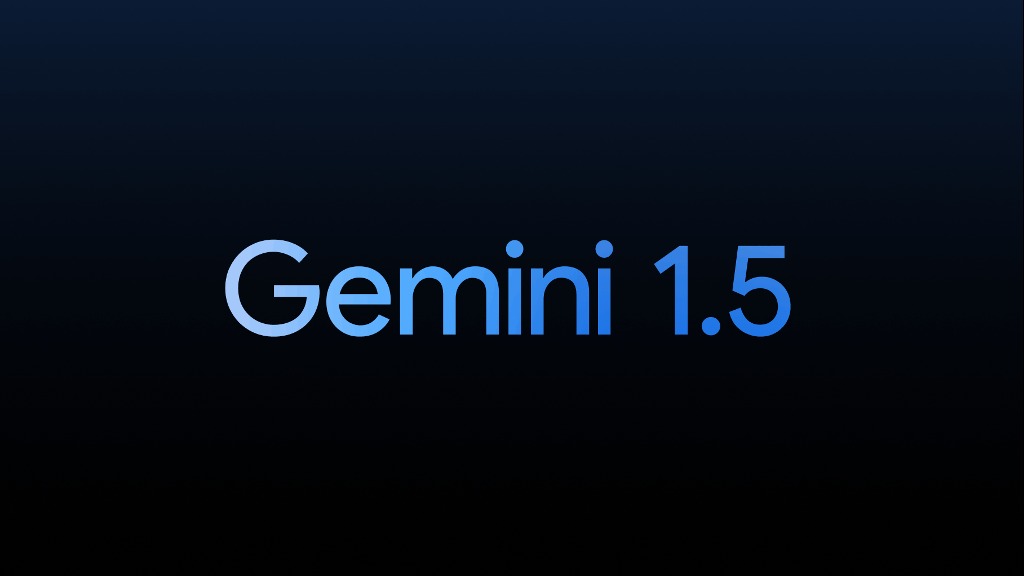
 AI12 months ago
AI12 months agoGoogle Pixel 9 Pro may come with a complimentary one-year Gemini Advanced subscription
-

 News1 year ago
News1 year agoBreaking: Samsung Galaxy S22 may get Galaxy AI features
-
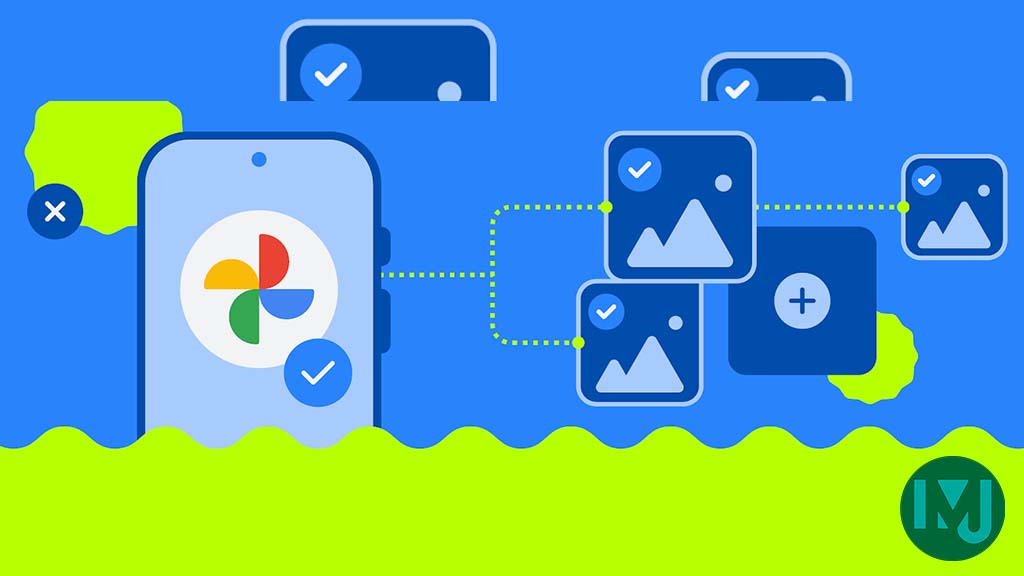
 Apps12 months ago
Apps12 months agoGoogle working on a new video editing feature for its Photo app
-
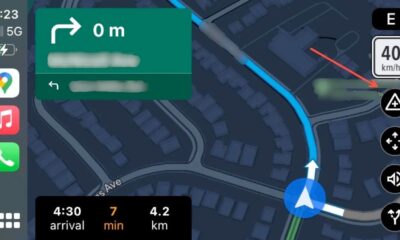
 Apps12 months ago
Apps12 months agoGoogle Maps lets you report traffic jams and accidents on Apple CarPlay, but not on Android Auto
-
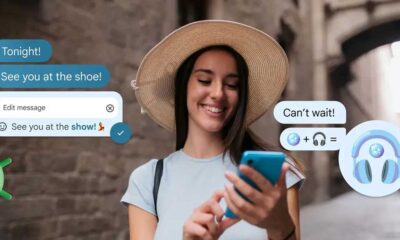
 Apps12 months ago
Apps12 months agoGoogle Messages app will transform MMS chats into RCS

